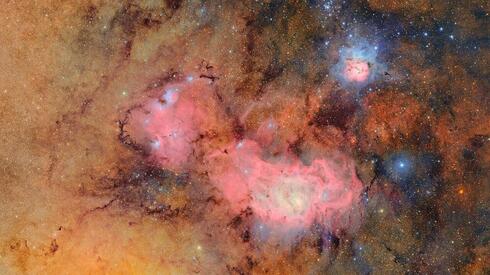Vera C. Rubin Observatory Unveils First Images, Revolutionizing Cosmic Exploration
Vera C. Rubin Observatory Unveils First Images, Revolutionizing Cosmic Exploration

The NSF–DOE Vera C. Rubin Observatory has officially begun its groundbreaking mission, releasing its highly anticipated first images just two months after commencing trial operations. This monumental $1 billion facility, built in Chile, immediately showcased its exceptional imaging power, signaling a new era in astronomical discovery.
Equipped with the world’s largest digital camera, a 3,200-megapixel marvel the size of a small car, the Rubin Observatory boasts an exceptionally wide field of view. Each image captures a sky section 45 times larger than the full Moon, enabling it to survey the entire southern sky every three to four nights. Over its planned 10-year lifespan, the telescope will image each region approximately 800 times, collecting an unprecedented 20 terabytes of data nightly.
Unlike traditional narrow-field telescopes, Rubin’s strength lies in its broad, high-detail scans, designed to monitor dynamic cosmic processes, discover new celestial objects, and guide other telescopes for closer examination. Its capabilities are expected to lead to the identification of billions of stars and galaxies, significantly advance planetary defense by detecting numerous asteroids (including over 2,000 previously unknown ones during its trial phase), and deepen our understanding of cosmic mysteries like dark matter and dark energy.
The observatory, named after pioneering astronomer Vera Rubin, is a collaborative international effort, with Israel’s ULTRASAT project among its key partners. This synergy, combined with advancements in big data technologies, promises an unparalleled wealth of information about our universe, laying a critical foundation for future scientific endeavors.
Disclaimer: This content is aggregated from public sources online. Please verify information independently. If you believe your rights have been infringed, contact us for removal.